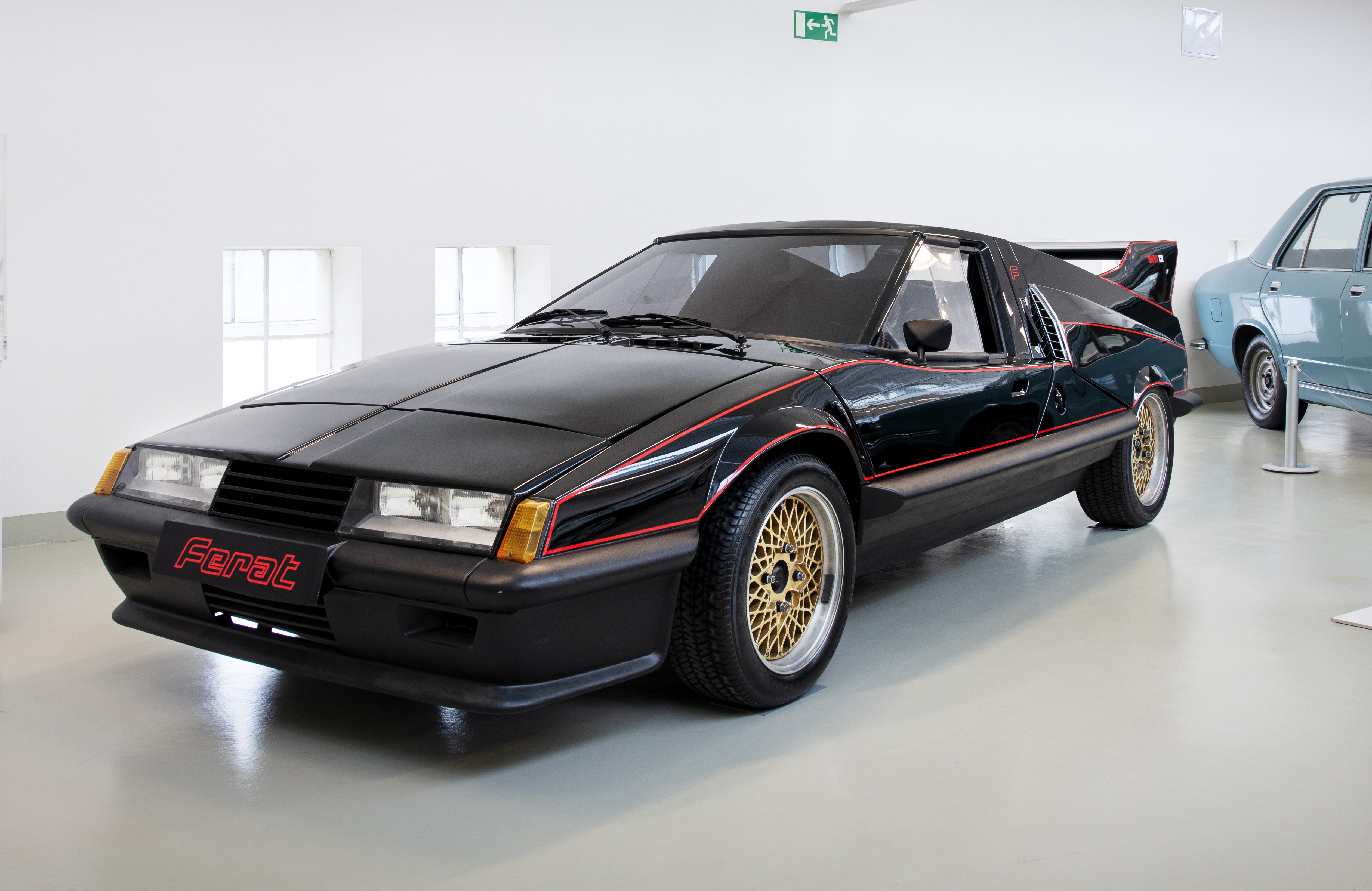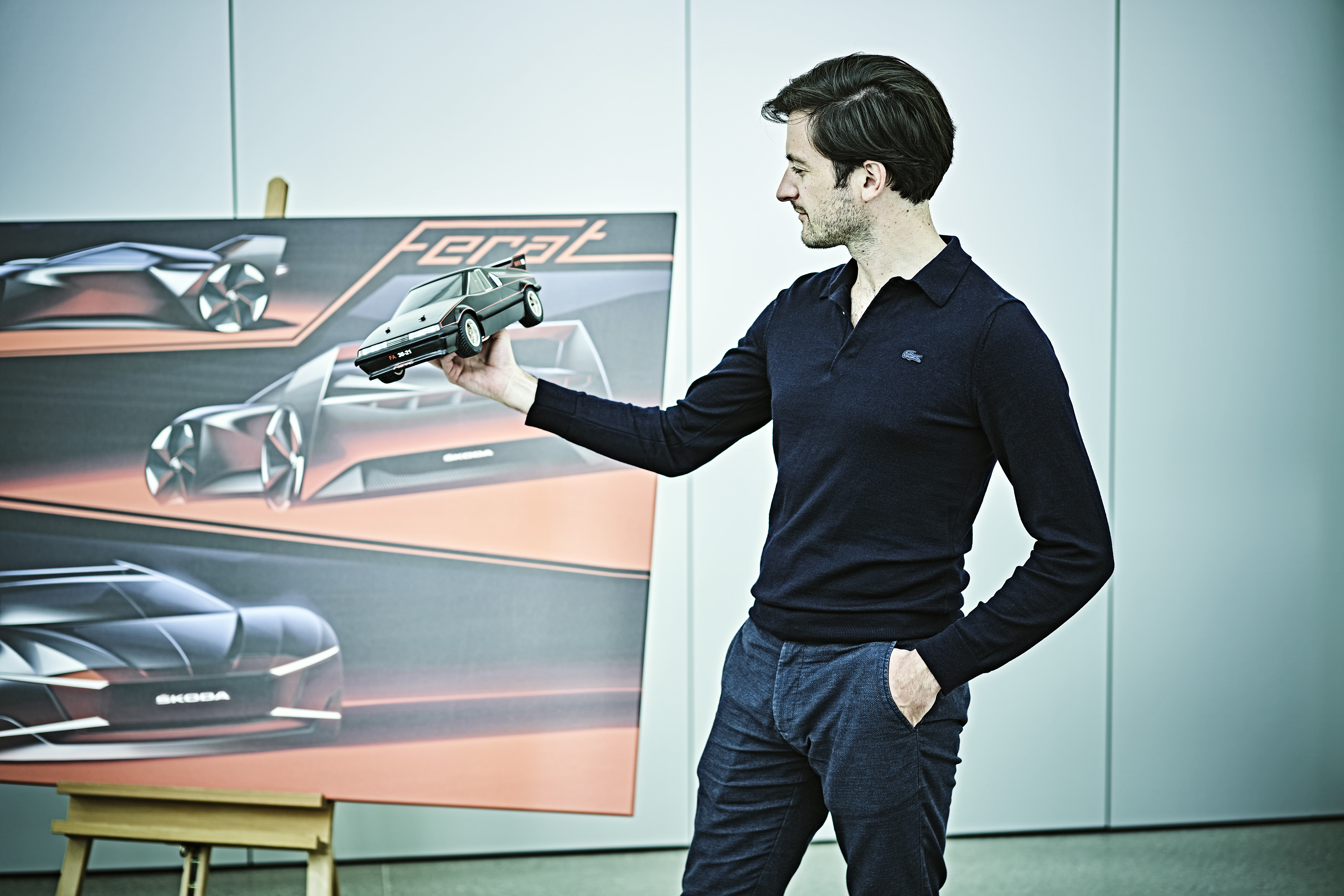Originally conceived as a sports concept and prototype for the ŠKODA 110 SUPER SPORT, the car was eventually transformed into the star of a Czech horror film called The Vampire of Ferat. And the story of the ŠKODA FERAT’s rebirth, which is the brainchild of French designer Baptiste de Brugiere, proves that it can still captivate the imagination today.

“About three years ago I had the opportunity to visit the ŠKODA Museum’s depository for the first time. It was there that I first saw the FERAT, which I found fascinating. So when I heard about the Icons Get a Makeover project, I immediately volunteered to create a modern interpretation of it,” says Baptiste. And one of the reasons he got that chance was the fact that ŠKODA is a partner of this year’s Prague Comic Con 2021, the comics and sci-fi festival, which will celebrate 40 years since FERAT’s premiere on the silver screen.
In his own words, Baptiste said he tried to capture the first impression the car left on him with his idea of a modern-day “vampire-mobile”. “It’s that half a second before your brain starts to analyse the design. That’s when some of the features impress themselves on you, and it was these features I tried to preserve,” says Baptiste. So the basic proportions, with the car’s low height, the “pointy” roof and the giant rear spoiler, were important, he says. “I took some of these elements to the extreme to give the car some more modern touches,” he says.



























